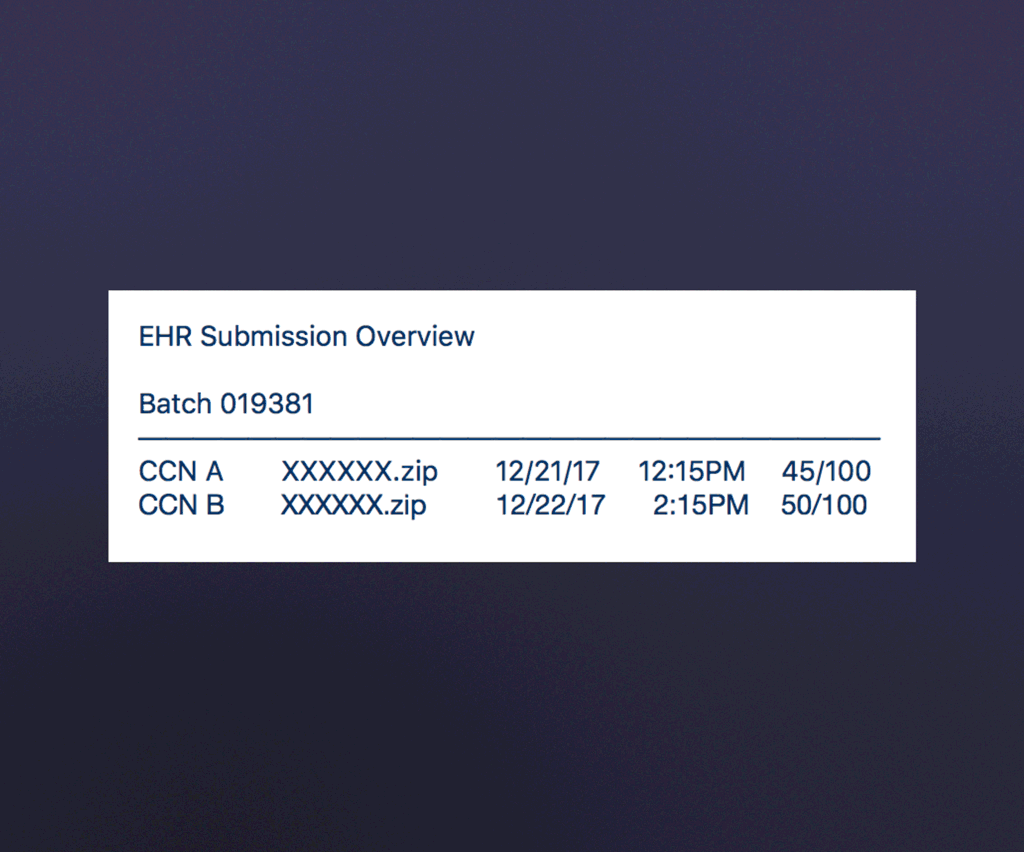What Jurassic Park can tell us about human resilience and human-centered design
Life finds a way — Dr. Ian Malcolm, Jurassic Park
This iconic line in Jurassic Park underscores an important point: life on earth has endured for millions of years. Despite harsh and changing conditions, life is resilient. It finds a way. However, Dr. Malcolm’s insight doesn’t only apply to genetically engineered dinosaurs. We are often reminded of it during our user research work at Ad Hoc, where we work to understand how people engage with government services. What we find time and again is that humans are one of the most resilient life forms. Humans are strategic, persistent and adaptive to their tools and the environment — even when they’re not suited for us. No matter how arduous the process: humans find a way.
The ways we engage with government websites and services also reveals this unique human resilience. For many people, government websites can be a barrier between them and crucial services. When these systems fail us, there may be no other alternatives. If a Veteran wants access to health benefits they’ve earned through their service, they have no option but to go through the VA. If non-profit hospitals that depend on Medicare reimbursements want their full pay-out, they have no option but to submit quality data through the Center for Medicare/Medicaid Services’ (CMS) websites. When we rely on government services technology that doesn’t adapt to us, we figure out how to adapt to it. We create our own manual workarounds to help us meet our needs when the systems don’t.
Our current project in partnership with Bellese Technologies on CMS’ Hospital Quality Reporting (HQR) Program recently revealed examples of these workarounds. Federal legislation requires hospitals to meet certain quality benchmarks to receive reimbursements for Medicare. For years, hospitals have submitted data on patient quality of care through a CMS portal to prove that they are meeting these benchmarks. Throughout our research for this project, we’ve spoken with many hospitals and data vendors that submit this data to CMS. They described their own personal workarounds when they can’t get information they need from the system. When hospitals and vendors submit this data, they immediately want to know a few things. Has CMS received my files? Which of my files did CMS reject? Why did CMS reject my files? These are the pieces of information hospitals need so they can fix errors in their quality data.
When this information isn’t clearly provided, hospitals and vendors devise their own information tracking mechanisms to find what they need. These workarounds currently run the gamut. Some submitters manually track which data they’ve uploaded to CMS though time of data upload or file name. Others track submissions with spreadsheets and then cross-reference them with a series of CMS reports and emails. Data vendors have even described adding several extra steps to the process, by running extra feedback reports in the CMS portal to figure out which facilities’ data has been processed.
The way that people internalize these workarounds as part of the way the system works is stunning. Hospital employees and vendors won’t even flinch while describing their complex systems for tracking file submissions. They sometimes don’t even acknowledge these steps as extra labor and time or forgive the system for these deficiencies. They explained that CMS must receive a lot of data, making all the information difficult to manage. Even when the portal fails to meet some of their basic needs, they are sympathetic to the technology. In the minds of submitters, these workarounds aren’t adaptation methods at all. They are pieces of the process itself.
Since these workarounds felt intuitive to hospitals and vendors, we knew our solution had to align with these processes. Rather than implementing a full redesign of the file submission process, we decided to start by modifying the emails people were already accustomed to receiving. We wanted to make sure these notifications better surfaced the information they need. Because people were using time of upload and file name to track submissions, we incorporated these workarounds into the emails. Thus, our new email describes files received by CMS in plain language alongside these traits. Our plan is to redesign the system to give people quick access to submission information, but we also didn’t want to bombard them with a completely new process. So, we started small. By making adjustments to how hospitals and vendors leveraged the existing CMS portal, we adapted to them.

Image by Bellese UX Design Lead Eric Smallwood
From lab-generated prehistoric creatures to human beings, life will find a way. No matter what the circumstances, we are programmed to adapt and persevere. However, when it comes to access to government services, we have the tools to ensure that the technology adapts to humans rather than the other way around. At Ad Hoc, we believe that people shouldn’t have to find a way. Technology shouldn’t be the barrier to accessing necessary government services. The less time we have to spend struggling with government websites to access healthcare, or VA education benefits, gives us more time to spend with the people and activities we care about. Rather than focusing our lives on finding a way, we can focus on building fulfilling lives for ourselves and our communities.
Related posts
- UX Offsite 2017 in Portland, Oregon
- Bringing service design to the VA digital services platform
- The new Ad Hoc Government Digital Services Playbook
- Four myths about applying human-centered design to government digital services
- Why design skills are a power-up for researchers
- Navigating government barriers to human-centered design
